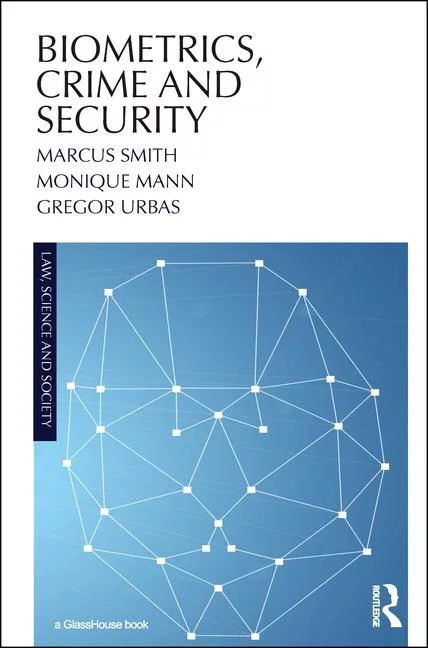New Cyber Bullying Book Offered for Schools
Three faculty members from Western Illinois University's College of Education and Human Services (COEHS) have published a book that offers school administrators guidance when it comes to handling the increasing problem of cyber bullying.
"Responding to Cyber Bullying: An Action Tool for School Leaders" -- by Jill Myers, associate professor, School of Law Enforcement and Justice Administration; Donna McCaw, professor, educational leadership; and Leaunda Hemphill, associate professor, instructional design and technology -- was released in January, and according to its co-authors, provides, among other things, the "top 10 rules" that govern school authority over student cyber expression and practical guides for school administrators.
"Cyber bullying interferes with student learning, prevents students from achieving their individual levels of potential and generates a climate of disrespect and fear that affects bystanders, family members, teachers and administrators," Myers noted. "The recent emergence of cyber bullying situations threatens the educational, as well as the off-campus, experiences of students across the United States. The extent of cyber aggression is now so pervasive that the Centers for Disease Control and Prevention recognize it as the primary emergent health risk, affecting nearly 75 percent of teenagers between the ages of 12 and 17," she added.
Along with the top 10 rules and practical guidelines, the book provides school administrators and school leaders with strategies for documenting aggressive cyber situations; user-friendly legal tests for differentiating "netiquette" violations from First Amendment-protected expressions; and a MATRIX rubric that provides data-driven decision-making guidelines for determining appropriate responses to cyber bullying incidents.
According to Myers, the three WIU COEHS faculty members had a common interest in the topic—each related to her own discipline—which is how their collaboration for the book began. Myers noted that, in 2008, she began researching cyber bullying from the perspective of the First Amendment and has since published journal articles about the topic. Hemphill teaches ethical and legal issues related to technology use in the school to educators, administrators and pre-service teachers, and McCaw and Hemphill ended up working together on the topic through a WIU educational leadership doctoral candidate's dissertation about cyber bullying.
"Our collective research showed that there was a lot of information concerning the extent of the problem, but little to no research on how to address the behavior," Myers explained. "We decided to create a simple straightforward MATRIX that administrators could use to appropriately handle cyber aggressive situations affecting school environments. The MATRIX was modeled after the federal sentencing guidelines. The main thrust of the book concerns the legal framework within which public school administrators must work."
During the research phase of the book, Myers reviewed every cyber aggression-related published and cited court case within the U.S. to determine how it was handled within the legal system. She analyzed these cases against the backdrop of the four Supreme Court cases that address public school censorship of student expressions.
"As a former prosecuting attorney with experience dealing with juvenile offenders, sentencing guidelines and constitutional issues, I researched the court cases and contributed the legal analysis. Leaunda contributed to the collaboration, drawing on her teaching experience and her expertise with technology use and abuse, and she was also heavily involved in describing and defining the emergent methods of technological exploitation. Donna drew on her experience in school administration, counseling and curriculum, as well as her work as a school consultant. Donna was also instrumental in reviewing the research through the eyes of a public school administrator," Myers explained.
With the increase of the cyber bullying phenomenon, Myers said school administrators and leaders may find themselves at a loss as to how to handle the problems and issues it creates in the learning environment. She points out that enforcing cyber bullying policies cannot come at the expense of constitutional free speech, and sanctions must be fair and equitable. Yet the severity of the problem continues to impact students and the school environment, both on and off campus, she noted.
"Every day 160,000 children fail to attend school because they fear bullying. Worse yet, cyber bullying is reportedly a stronger predictor of suicidal thoughts than regular bullying, although all bullying behavior increases suicidal ideation. Cyber bullying victims are almost twice as likely to have attempted suicide as youth who have not experienced cyber bullying," she said. "It is vital that school administrators clearly understand their roles in protecting students from harm while promoting free expression. The challenge is in knowing the difference between protected free speech and inappropriate conduct, and then applying the appropriate data-driven response."
The book is available at www.corwin.com/books/Book235830.
Looking for a reprint of this article?
From high-res PDFs to custom plaques, order your copy today!





